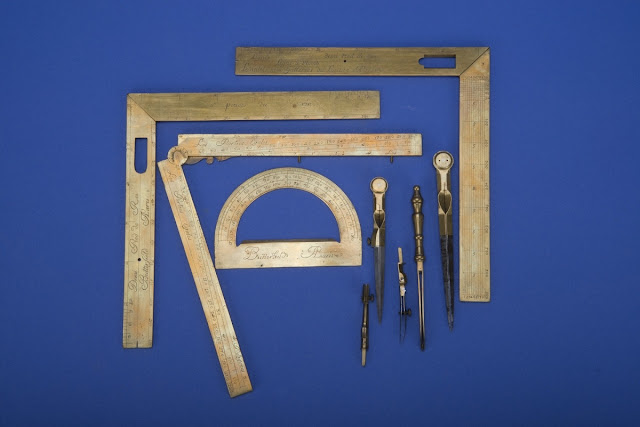Bessler’s wheel is one obvious legacy and although there are some who believe that it’s potential power output is too limited to be of practical use, I disagree. You only have to look at the enormous windmills which are spreading like a rash across the green hills of this country to see that it’s a matter of scale. As Bessler suggested, you could have several wheels in series mounted on the same axle to multiply the output. The other legacy is buried within Bessler’s publications.
I’ve always felt I was destined to find the solution to Bessler’s wheel. Ever since I read the story of ‘The Wheel of Orffyreus’, as written by Rupert T. Gould, in his book, ‘Oddities’, I knew in my heart that here was a story I could tell and a mystery I could try to solve. Although that was more than 50 years ago, and despite all the years during which I researched the life and times of Johann Bessler, I never doubted that I would discover the secret of Bessler’s Perpetual Motion machine. But between knowing you have the answer and proving it lies a significant gap!
I’m sure that everyone else who is working in this field feels the same, but over the years gradually, bit by bit, I’ve discovered and understood many of Bessler’s clues, hints, inferences and apparently non-sensical text. There is one thing to take away from what I’ve learned about Johann Bessler - well actually several things - but in his publications there are no mistakes, everything in them is deliberate even if it looks wrong. There are no errors and therefore anything that might seem crazy is actually a clue to be identified, interpreted and understood. It is also true that many of these apparent mistakes or odd phrasings that are actually clues, also contain two or even three ways of getting the same answer. This is how he confirmed if you were on the right track.
Having said that, I’m still learning, discovering new nuances of each clue which can sometimes lead you on to a new discovery. In my opinion, once the solution is revealed and the amazing mind that found it originally, and then hid it in plain sight, with very few overt indications, all those who sneered and jeered and dismissed his claims as fanciful nonsense, will be astounded and amazed at the beauty, intricacy yet simplicity of his work. His geometrical connections and inferences will become a subject of study in years to come as more and more clues and codes are identified and deciphered.
One other thing I’d like to comment on; the apparent paradox of being so extremely secretive about his machine and how it worked, that he dare not even utter a single word which might give away his secret - and yet placing literally hundreds of clues which if solved could reveal the secret of his perpetual motion machine. Why? In my opinion, he was confident that no one would ever decipher his clues, so the point must have been either to have given public lectures demonstrating his clever use of the codes and the general obfuscation which hid the clues - or he hoped to sell a book detailing all his clues and how to understand them - or he intended to use the clues and codes in his apprentices school. Why else?
JC









